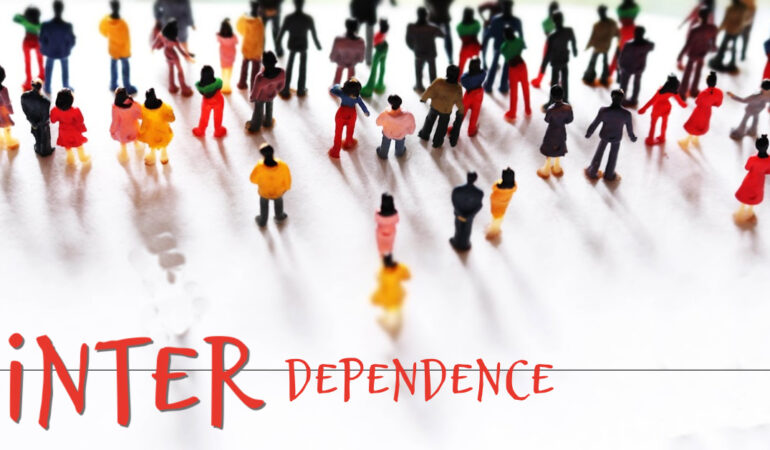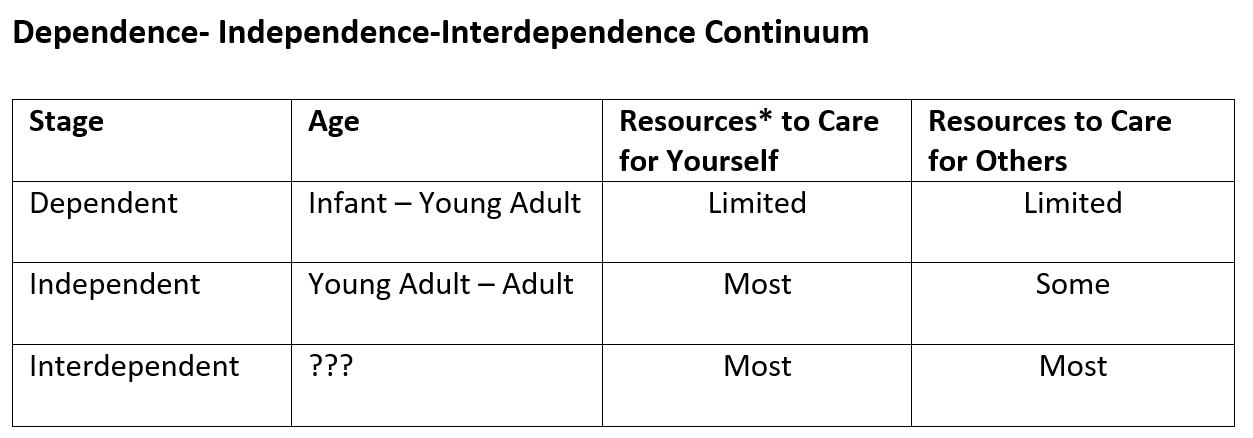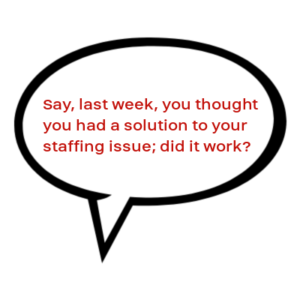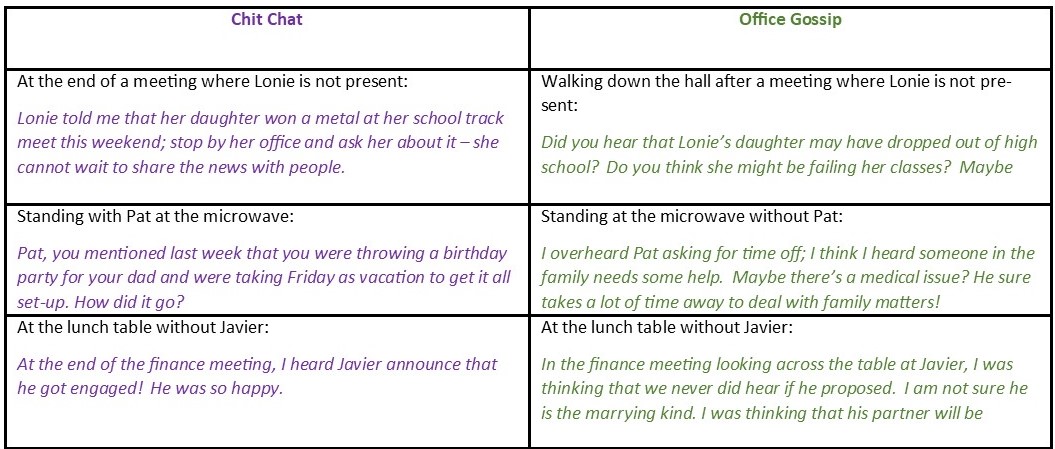How Mature Are You? | A Workplace Blog
By Beth Schaefer
IPD Director

Over the years, IPD has offered several courses on solving problems:
- Solve the Right Problem
- Are You Fixing or Solving?
- Continuous Improvement Training: Learn and Do
- Building the Business Case for Change
The one thing that each of these courses has in common is the emphasis on defining the problem you are trying to solve before you start picking a solution. Undefined problems are often the reason why many initiatives do not succeed.
It can be the same issue for training. There are good reasons for doing training such as employee retention or leadership pipeline development, but if you are not sure what you want to accomplish with the training, those good reasons can still end up being a waste of resources: both time and money.
A tool that I find useful for helping to define all sorts of problems – including training – is the capability maturity model or capability maturity continuum. You will have people at every level of the maturity continuum; however, if you can determine where most of your organization is living, and focus training at that maturity level, you will be able to move the organization as a whole along the maturity continuum toward your goal.
Capability Maturity Model
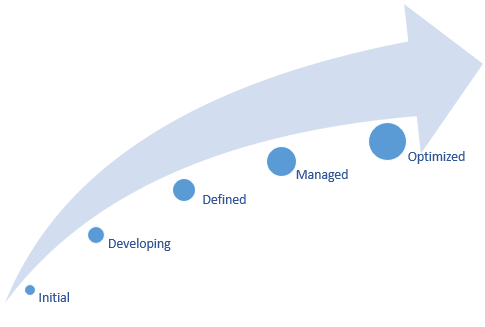
I find that you can take a generic maturity continuum and fill in your topic to help you define the problem. This approach is not as detailed or accurate as a full-blown consultant report, but it takes a lot less time and money! And often the information a consultant taps you to collect on their behalf is the same information you can apply to the continuum. Or you can use the continuum as a starting place to write questions for an employee survey.
To illustrate how to use the maturity continuum as a quick evaluation tool, IPD has taken the maturity continuum and used it to define DEI maturity for an imagined client. If you find that most people are on the left of the continuum, you would offer training on the 4 tools for navigating DEI. Or if you find that most of your people are at the defined level, you would offer DEI workplace influencer training for key leaders to implement policy. You can see how tailoring training for maturity helps you define the problem or opportunity you wish to address with training. Targeting training to move along the continuum is more effective than constantly offering and reoffering training at the same level of maturity.
If you search capability maturity models, you will find several hundred to pick from varying with the number of levels and the names of levels. Pick the one that works for your organization, and start assessing your maturity on any initiative to help you define your problem, define your needs and, in turn, help define your solution.











